Ben Lomond Historic Site
Hours of Operation
Ben Lomond Historic Site is open for self-guided tours Friday-Monday from 10am-4pm with guided tours offered at 11am and 2pm. Grounds are open from dawn to dusk.
Ben Lomond Historic Site
10321 Sudley Manor Dr., Manassas, VA 20109
(703) 367-7872
Pricing
Tours: $5 per person, free for children under six. For Education Field Trips, the cost is $10 per student and accompanying adults are free (reservations required). Please visit our Education Field Trips page for more information regarding field trips and other educational programs.
Pricing varies for special programs, please view our calendar for a complete list of our special events. Donations to support historic preservation efforts in the County are gratefully accepted.
Accessibility
Virtual 360* Tour tablets are available that allow visitors with disabilities to be able to experience rooms and spaces with 360-degree views of varying images, videos, and narration of the rooms by Historic Preservation staff. Virtual 360* Tour tablets are available at no additional fee.
Foreign Language guides are available in French, Italian, German, Chinese Simplified, Spanish (Latin America) at no additional fee.
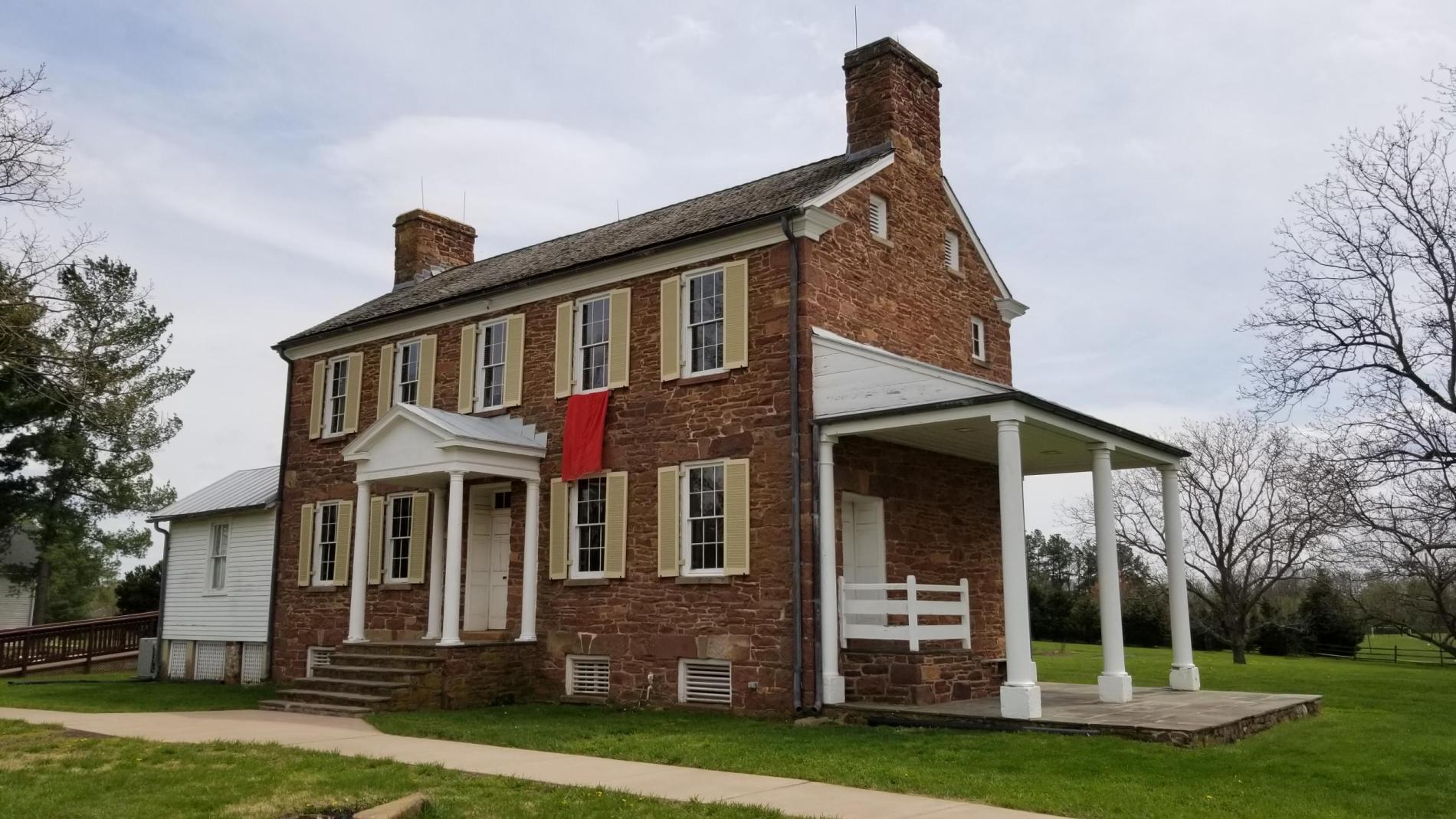
Ben Lomond and its outbuildings were constructed for Benjamin Tasker Chinn in 1832. Tour the house, which Confederate forces used as a hospital following the 1861 Battle of First Manassas and find the many signatures of Federal soldiers who occupied the property in 1862 on the walls. Here you can smell, touch, hear, and taste history in an immersive and kid-friendly environment. Then see the restored slave quarters, smokehouse, and dairy. Walk the grounds and visit the fragrant Rose Garden.
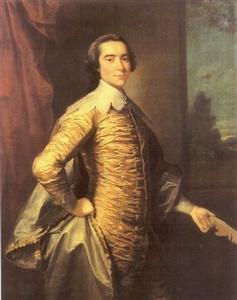 The History of Ben Lomond
The History of Ben Lomond
Originally part of an extensive Northern Virginia land grant, the site of Ben Lomond was one of numerous plantations that Robert “Councillor” Carter III [pictured here] owned in Colonial Virginia. After Carter died, his large land-holdings were divided amongst his heirs. His grandson, Benjamin Tasker Chinn, inherited the site of Ben Lomond in 1830 and within two years had built the two story main house along with the dairy, smokehouse, and slave quarters. Chinn leased the property to the Pringle family prior to the Civil War. Both the Chinns and Pringles used their enslaved workforce to farm corn and wheat, as well as care for the nearly 500 Merino sheep that were part of the property.
Immediately after the Battle of First Manassas the house was converted into a Confederate hospital. For thirty-five days, wounded soldiers were crammed into the house with many more covering the grounds. Confederate troops camped near the house in the winter, requiring the house to be re-established as a hospital treating diseased men. After the Confederates evacuated the area in 1862, Federal soldiers ransacked the house, destroyed furniture, and littered the interior with graffiti.
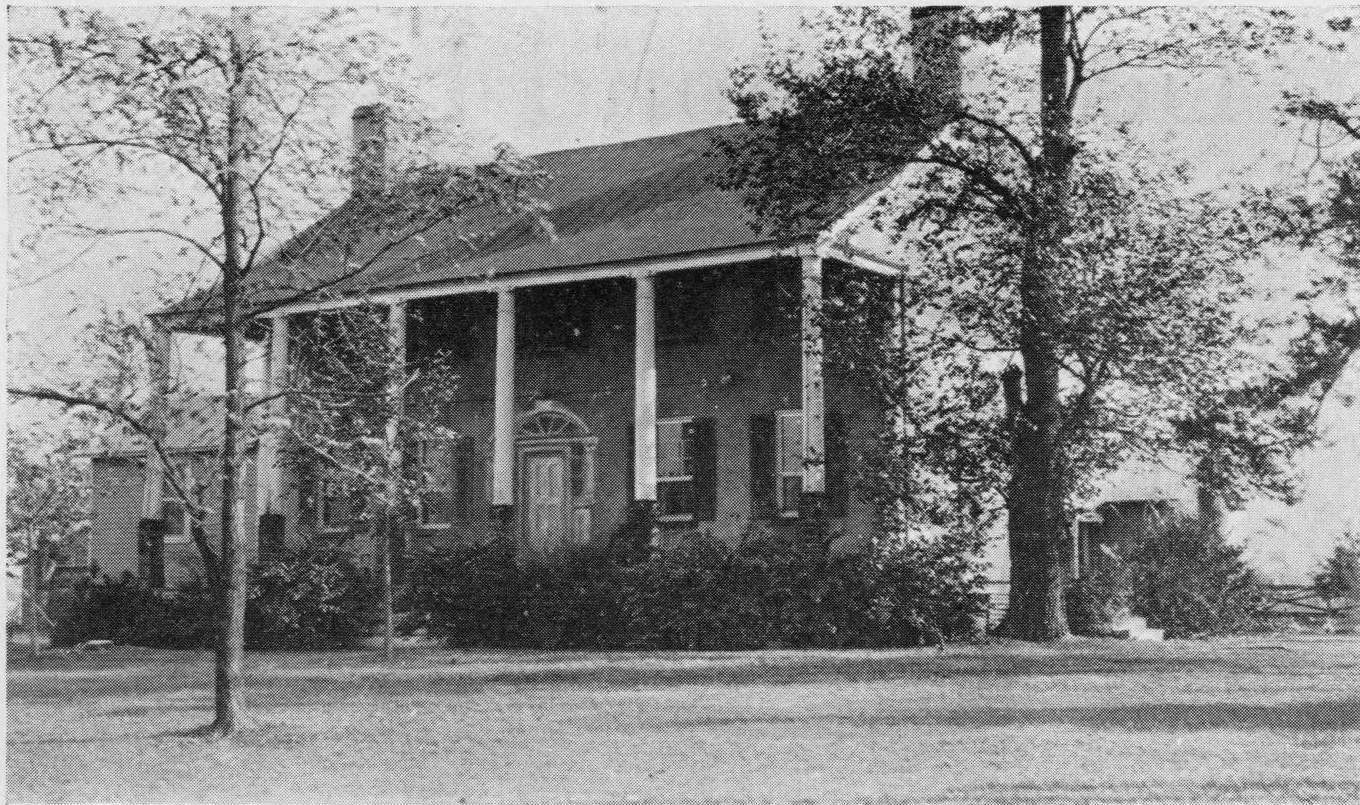
After the Civil War, both the Chinns and Pringles struggled to rebuild. Eventually, the Chinns sold the property. A succession of various owners called Ben Lomond home, including Presley Marion Rixey, personal physician to presidents William McKinley, Theodore Roosevelt, and their families. Roosevelt frequently visited Rixey here.
In time for the 150th anniversary of the Civil War, Ben Lomond was brought back to its Civil War appearance. When visiting Ben Lomond, visitors can experience the Civil War hospital and slave quarters through a variety of senses through virtual reality, sounds, smells, and sights.
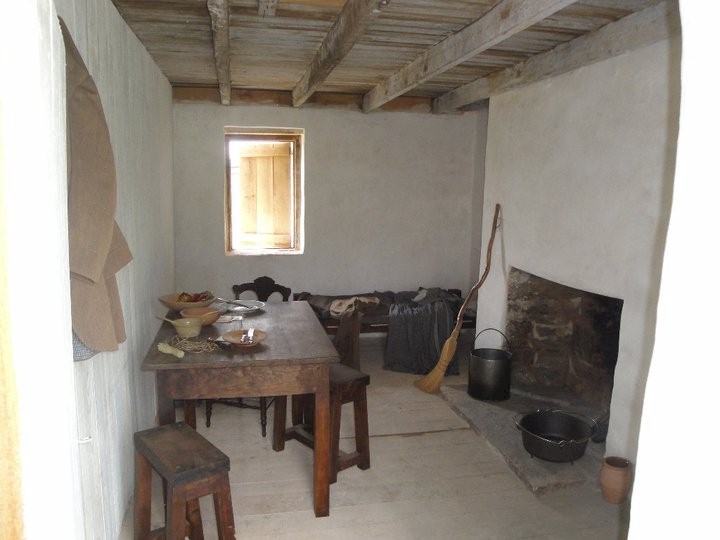
Enslaved People at Ben Lomond
For nearly one hundred years, slavery was an integral part of operations at Ben Lomond. From 1771 to 1861, countless enslaved African Americans lived and worked here. The original slave quarter on site is one of only three buildings of its kind in the county and one of a handful in the region. Also on site are places where the enslaved community worked: the dairy and smokehouse. In 2007, archeologists discovered another enslaved workspace, the antebellum kitchen. A new virtual reality experience demonstrates the daily life of enslaved workers at Ben Lomond.
Old Rose Garden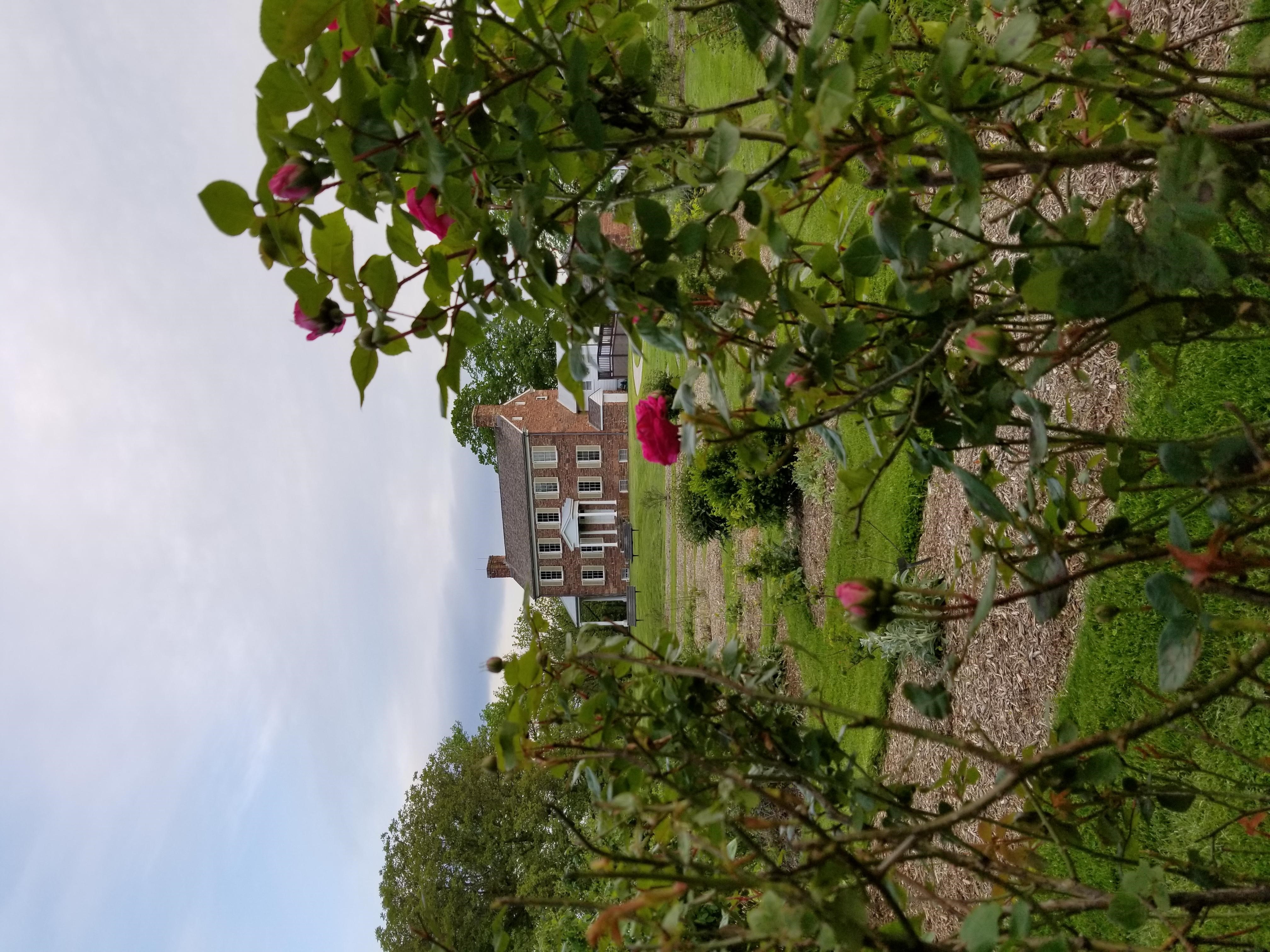
The rose garden behind the house contains one of the largest collections of antique roses in the DC Metro area. This garden is significantly larger and different than the garden that was present during the antebellum period. The Old Garden Roses and companion perennials you see here today originally belonged to Jim Syring, a long time County resident and rose collector. Upon his death, the garden was moved here in 1996 for the enjoyment of others.
The garden contains many cultivars of Old Garden Roses, many of which could have been here during the antebellum period. Many of the cultivars in the garden today have been in cultivation for centuries. The garden’s main season of bloom is in late spring; with some blooming throughout the summer and a second flush in the fall. Companion perennials, annuals, and bulbs ensure that the garden is in bloom all season.
Graffiti
After the Confederate army evacuated Manassas in the spring of 1862, Federal forces occupied the area, including Ben Lomond. Federal soldiers not only destroyed furniture in the house at that time, but also graffitied most of the interior of the house. In much of the house, the plaster walls are covered from floor to ceiling with graffiti. Today, most of the graffiti in the house is covered to protect the faded remnants, but sections are still visible, including the signature of Medal of Honor recipient, William Wallace Cranston. Ben Lomond is a member of the Northern Virginia Civil War Graffiti Trail, a collection of historic homes and buildings that have all been vandalized during the war.
Ben Lomond Timeline
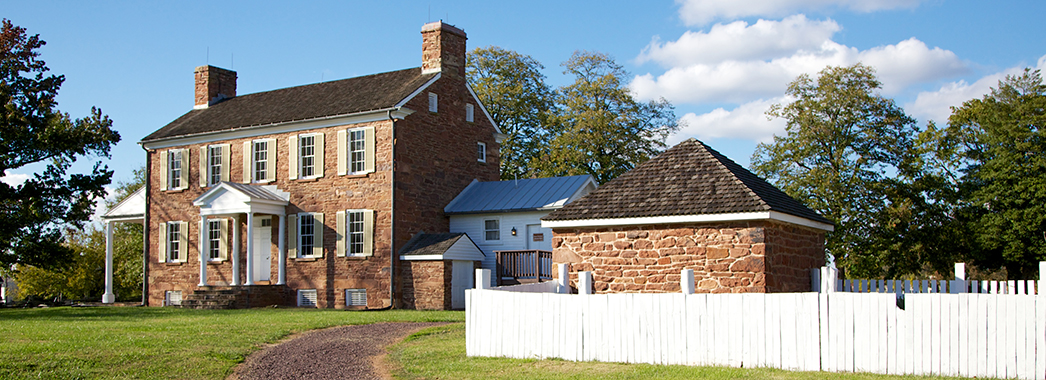 Volunteer Opportunities Abound
Volunteer Opportunities Abound
Are you a Civil War or garden enthusiast? If so, we have the job for you! We are looking for enthusiastic volunteers to help give tours and maintain this beautiful site. If you are interested in joining our team to protect the historic and natural resources of our community, please contact us or visit our volunteer page.
For more information, contact:
Ben Lomond Historic Site
10321 Sudley Manor Dr.
Manassas, VA 20109
(703) 367-7872
[email protected]
Please note that directions given to the Ben Lomond Historic Site using GPS are not always accurate. We recommend you use these directions to reach the site.
From Interstate 66:Take Exit 47A to VA 234/Business south onto Sudley Road. Travel .9 miles and turn left onto Sudley Manor Drive. Cross Garner Drive. Turn right onto second gravel road just beyond the Ben Lomond house.
From Interstate 495/Capital Beltway: Take Exit 49C to Interstate 66 West toward Vienna/Front Royal. Travel 17.9 miles. Follow above directions from Interstate 66.
From Interstate 95: Take Rt. 234 North (Exit 152B); travel 20.1 miles and make a right onto Sudley Manor Drive. Travel 2.4 miles, Ben Lomond Historic Site will be on your right.
For more information on historic resources in the Prince William County area, click here.
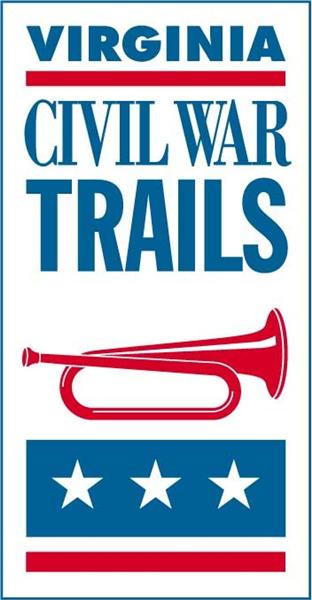 Ben Lomond Historic Site is part of the Virginia Civil War Trails program. |
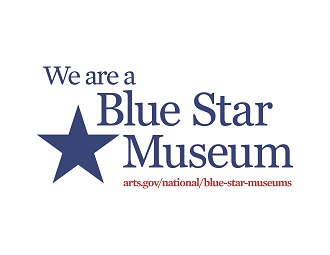 We are a Blue Star Museum. Learn more at https://www.arts.gov/national/blue-star-museums |